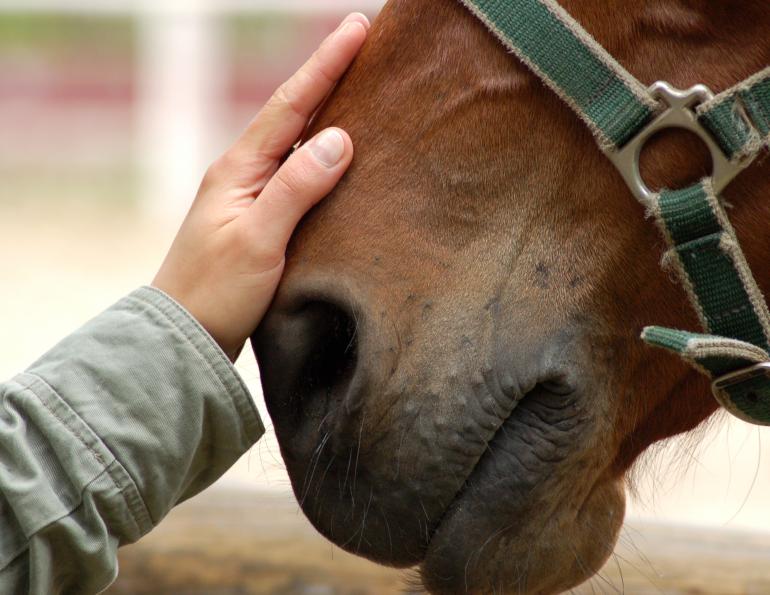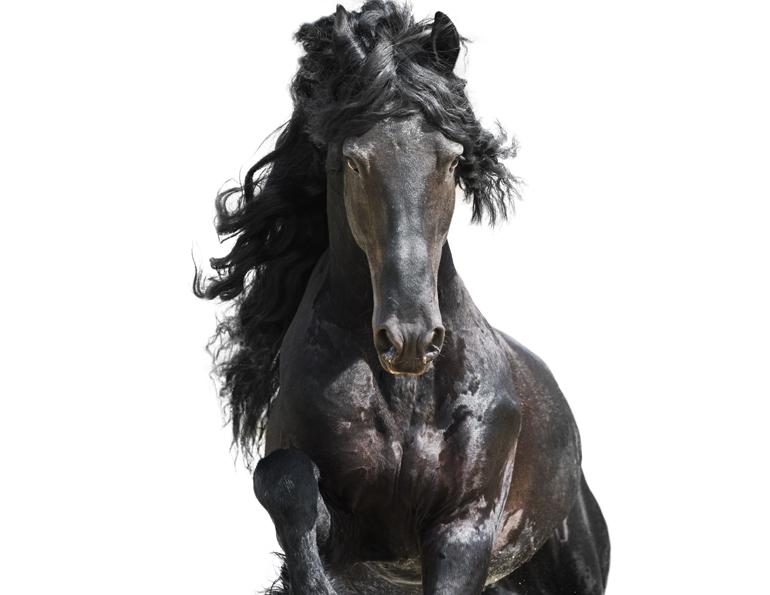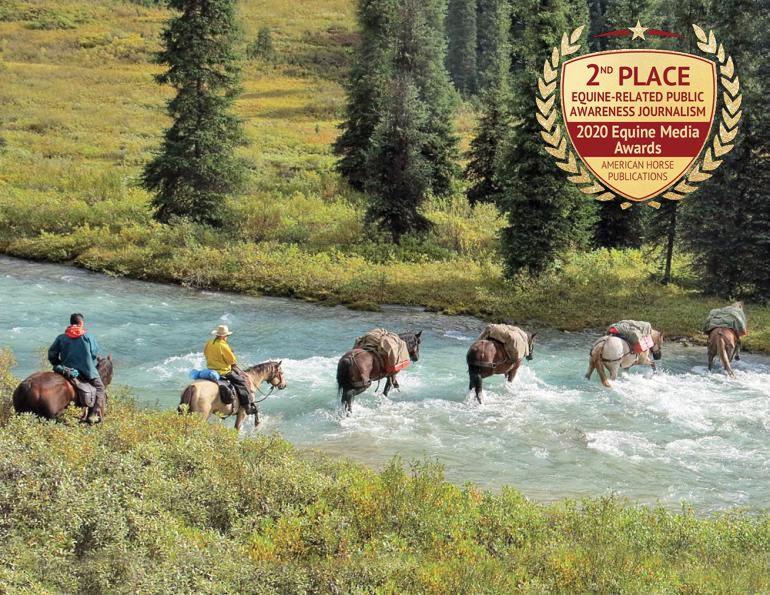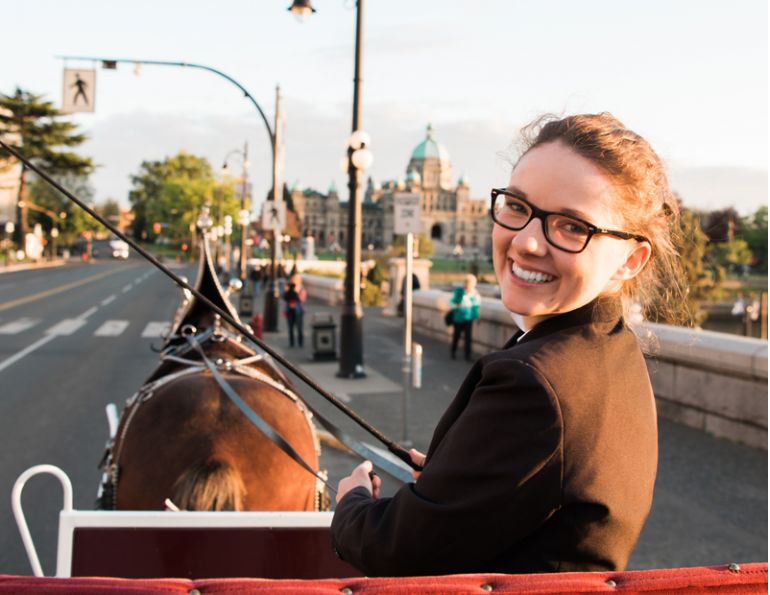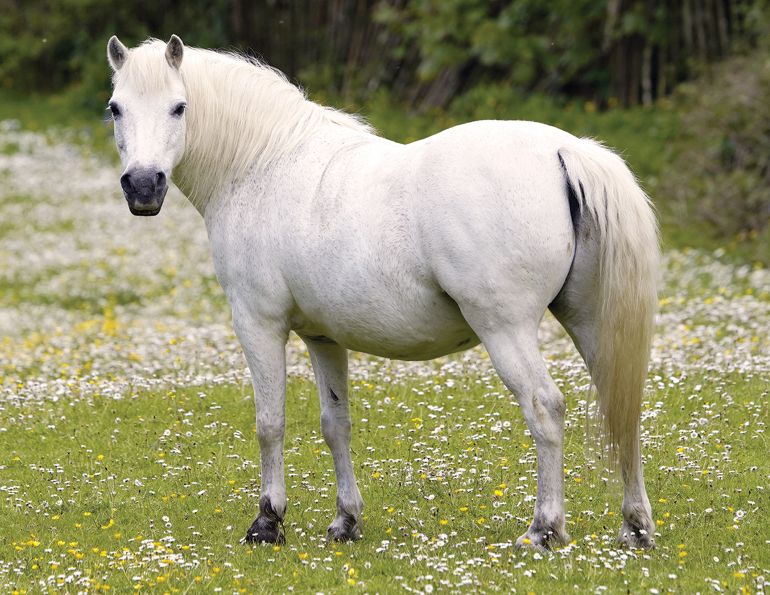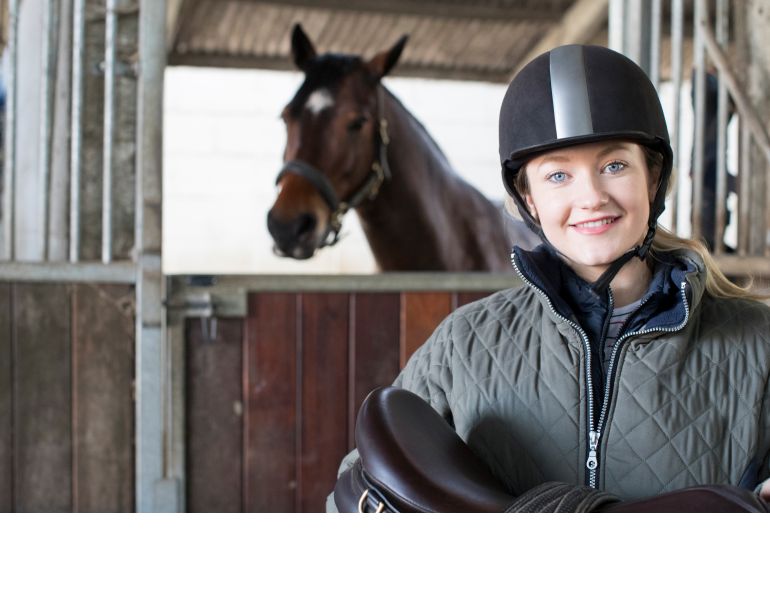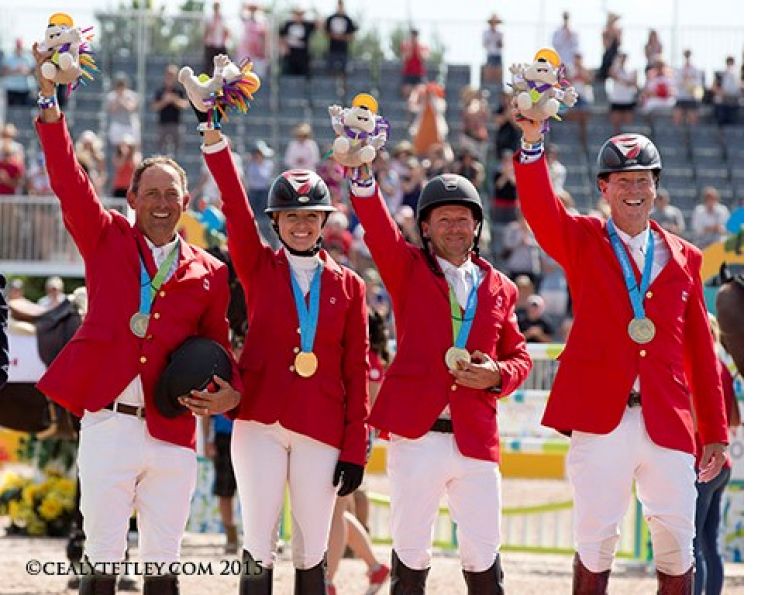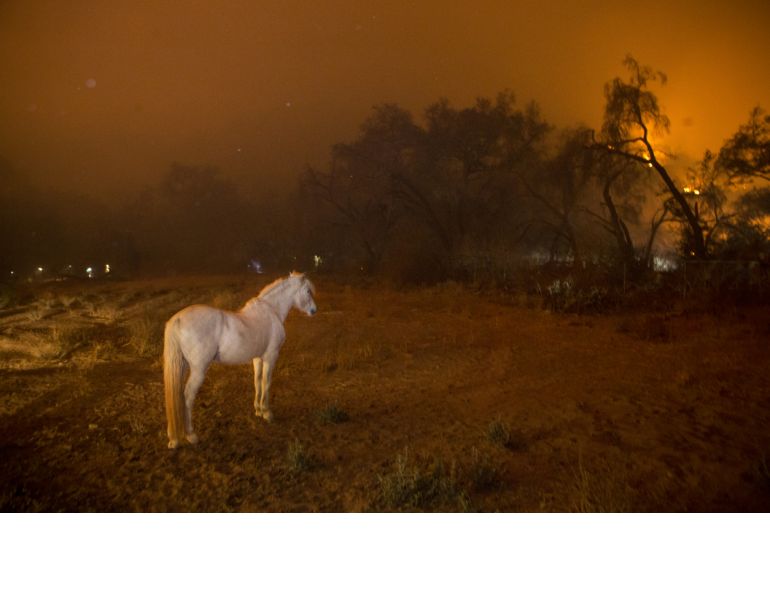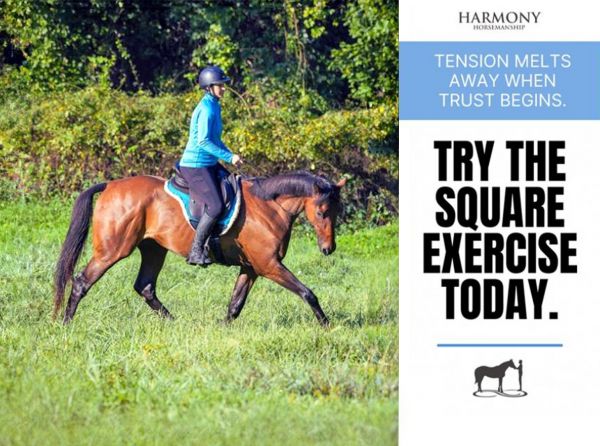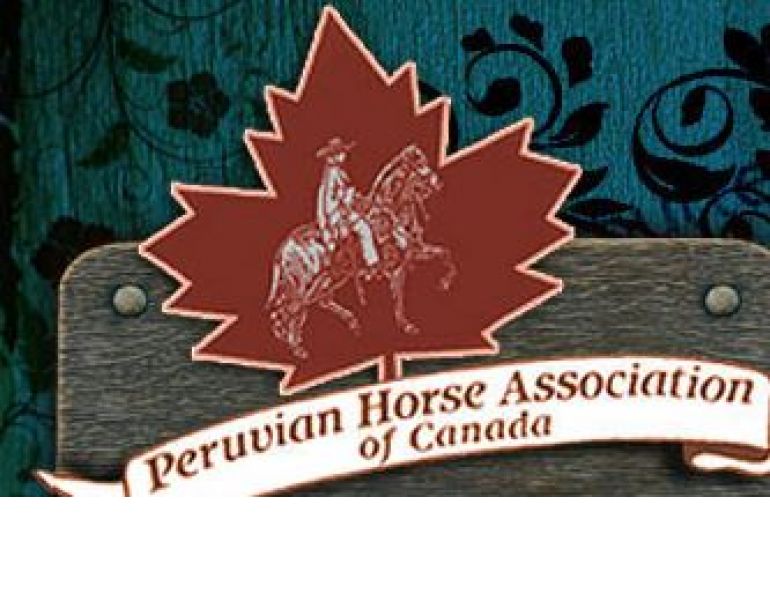The risk factors surrounding many falls may be preventable, researchers find.
Animalweb.com
CAMBRIDGE, UK – 4 JULY 2024 – Since horse riding is considered anecdotally to be a “dangerous sport” globally, Dr. David Marlin and Dr. Jane Williams have undertaken a first-of-its-kind study in the UK to investigate the common factors surrounding rider falls, and, crucially, how the risk of falling and injury can be reduced.
The research paper, titled UK rider reported falls in a 12-month period: circumstances and consequences has been published in Comparative Exercise Physiology by Brill Wageningen Academic.
The large-scale study determined that rider falls from horses are caused by a variety of factors. Importantly, many may be modifiable and hence preventable.
According to the research findings, rider falls appear to happen more frequently when hacking/trail riding, and/or schooling on the flat, and showjumping schooling.
As such, encouraging riders to wear protective equipment in activities currently perceived as “low risk,” such as hacking or schooling at home, may help to reduce injury severity.
Dr. David Marlin explains: “This is by far the largest-ever study of the circumstances around rider falls, and the consequences of those falls. What is encouraging is that this survey provides opportunities to reduce the number and severity of falls through awareness. As we found, riders are much more likely to fall while hacking or schooling — when they may be less likely to wear a body protector or, possibly, even a helmet — than in competition.
“In addition, whilst rider falls were 10 times more common than horse falls, riders falling can lead indirectly to an increased risk of horse injury. For example, if the horse gallops and collides with objects or vehicles, or if the horse falls on the road. We are looking forward to working with all stakeholders to help reduce the risk to both horses and riders.”
Dr. Jane Williams comments: “Decisions when riding are often based on our own assumptions rather than being based on evidence. Our results show that falls occur more at home — when hacking and training — which highlights that rider safety should be considered in these environments, and not just in competition or when we perceive we are doing something more risky. This knowledge can help us all to make informed decisions to safeguard both our own and our horse’s welfare.”
The Findings
Understanding the risk factors leading to falls from horses has received little attention to date, despite having the capacity to significantly reduce serious injury.
As such, the researchers surveyed riders with the aim of understanding when most falls from horses occurred, what factors riders felt contributed to falls, and how the risk of injury and falling could be reduced.
Some 3,757 horse riders in the UK were surveyed online to ascertain their experience of falls over a 12-month period. Of that total, a subset of 1,977 completed surveys were analysed. The majority of respondents were female (97 percent or 1,914 respondents).
The most common frequency of falls was once in the last 12 months (experienced by 53 percent). Some 24 percent of riders had fallen off twice, 11 percent three times, and 7 percent more than five times.
Respondents were asked to specify the activity they were undertaking when their last fall occurred. The three most common activities where falls took place were: hacking/trail riding (26 percent), schooling on the flat (26 percent), and showjumping schooling (19 percent).
The most common reasons for rider falls were given as: horses changing direction rapidly (41 percent), or rearing/bucking (24 percent). Most riders fell off the side of the horse (73 percent) as opposed to the front or back.
Riders were most likely to injure their back (51 percent), shoulders (39 percent), or pelvis (37 percent) when they fell off, but most injuries were self-rated as minor. Severe injuries as a result of a fall were more common when the riders’ head, back, shoulder, or ankle was injured. The survey comprised 19 questions of which 14 were closed questions, four were closed with “Other” option, and 1 open question.
Main Photo: Shutterstock/Shawn Hamilton





